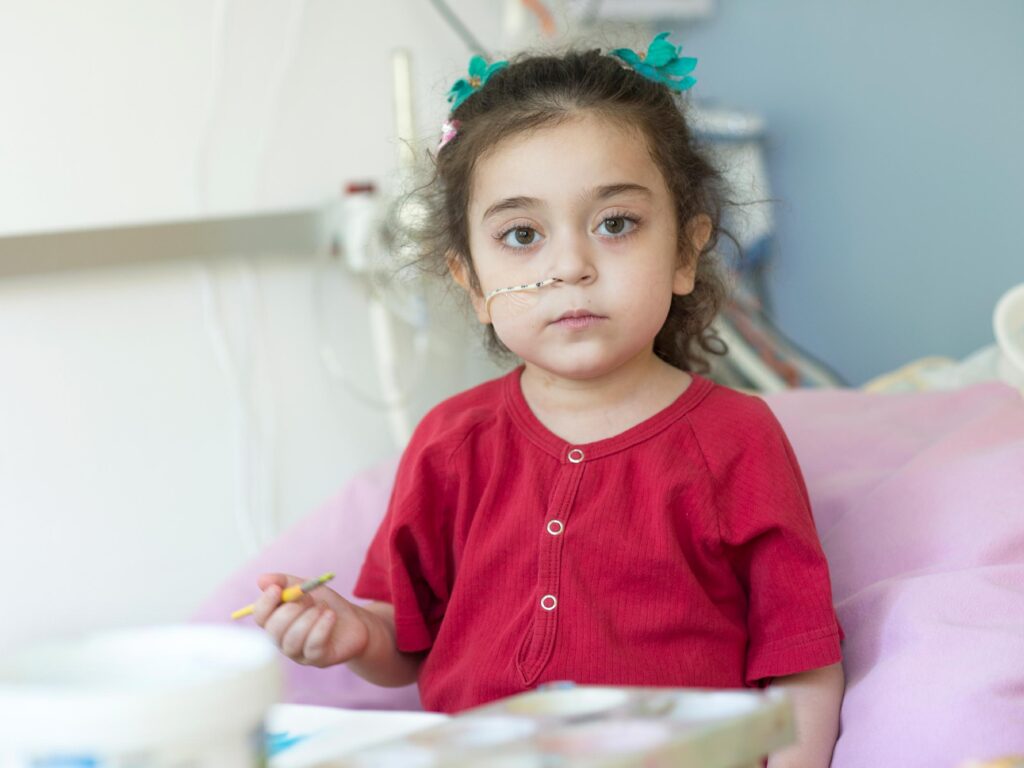Of stem cells, genes and rare diseases

In Switzerland, a total of more than 580,000 people are affected by rare diseases, more than half of them children and adolescents. Regenerative medicine uses the ability of stem cells to restore the body’s own tissue for the treatment of these diseases.

Humans have largely lost the ability to regenerate tissue or organs. Only the liver can regenerate completely within a few weeks, even if up to 90% of it is removed. Regenerative medicine is concerned with how diseases can be cured by restoring the body’s own cells, tissues or organs.
The creation of “induced pluripotent stem cells (iPSC)” by Shin’ya Yamanaka (Nobel Prize in Medicine, 2012) was a major milestone for regenerative medicine. This involves reprogramming body cell of any type and converting them into iPSC: stem cells that can then develop again into any type of cell.
A special field of regenerative medicine is the therapy of rare diseases. Some of these rare diseases are identified in Switzerland through newborn screening in order to initiate early treatment measures. However, there is still no curative treatment for many of these genetic diseases.
At our booth we want to present modern research and its application in medicine. Among other things, we will show how diseases can arise due to genetic mutations and how we use the mechanisms of gene regulation/genetic engineering and regenerative medicine to cure rare diseases, among others.


